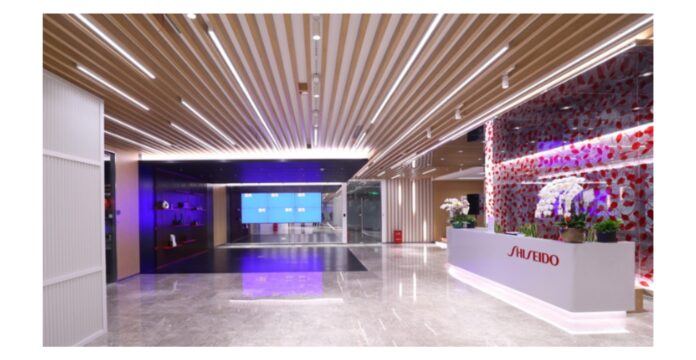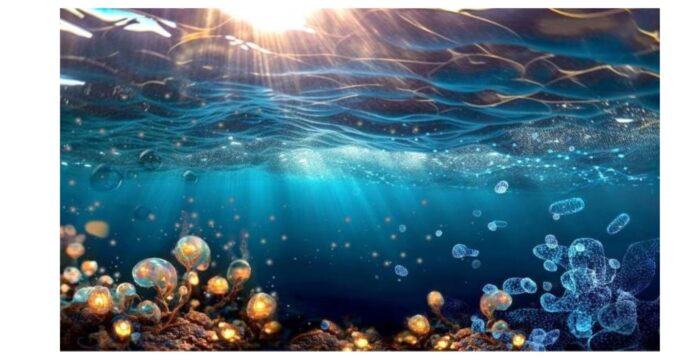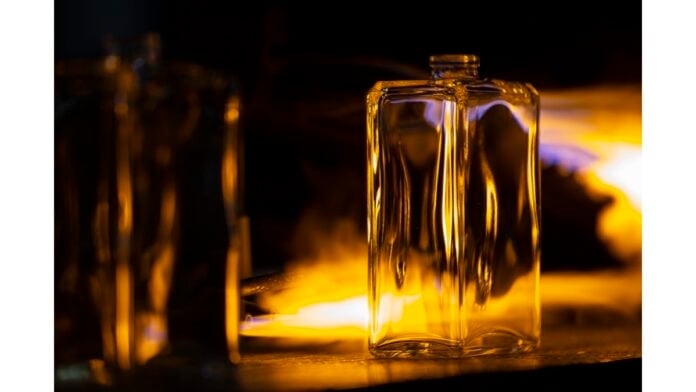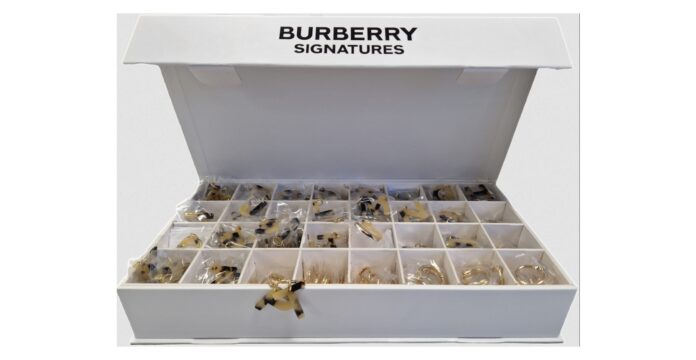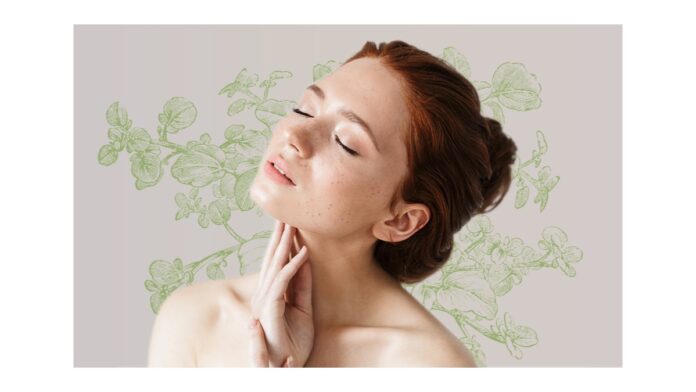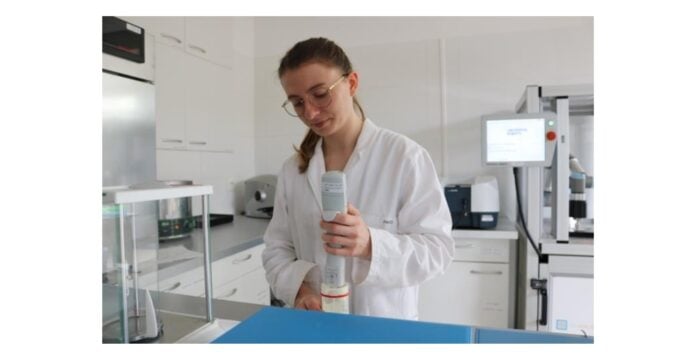Groupe GM, a global specialist in sustainable hospitality products, has announced the launch of its second hospitality line in collaboration with Éditions de Parfum Frédéric Malle, following the successful launch of the Eau de Magnolia hotel line. This new line highlights another famous fragrance: Cologne Indélébile, created by renowned nose Dominique Ropion.
Creating aromatic excellence
Frédérique Malle, emblematic French perfume expert, represents the third generation of perfume specialists in her family. Her grandfather, Serge Heftler-Louiche, founded Parfums Christian Dior, before passing on his artistic direction to Frédéric's mother.
Like a publisher working with authors, Frédéric Malle helps perfumers give the best of themselves, enabling them to create exceptional fragrances that will become tomorrow's classics.
A celebrated perfectionist and true inventor, Dominique Ropion often balances excessive doses of powerful ingredients with more subtle, meticulously measured accords, until the composition stands on its own. The olfactory formulation of the Cologne Indélébile line is based on white musk, known to have two facets: one pure, the other tempting. Accentuating its binary character produces a fragrance both innocent and irresistible, divided between an Eau de Cologne accord of lemon, bergamot and orange blossom, set against a seductive ocean of white musk.
The hotel line
Inspired by the Cologne Indélébile fragrance, the new hotel line has the same white musk base, offering a new olfactory experience for hotel guests.
Its chic white design comes in a variety of formats. These include 50 ml white aluminum tubes for shower gel, shampoo, conditioner, body lotion and bubble bath. Scented, pleated hand and body soaps, available in 40 g and RSPO-MB certified, complete the line, ensuring a consistent, elegant aesthetic for the entire collection.
As part of the GM Group's "Care About Earth" program, large-format dispensers are also available, such as the Ecofill, an innovative, secure dispenser that is refillable and 100 % traceable.
Ecofill Cologne Indélébile is made of aluminum, and the refill pouches for shower gel, shampoo, conditioner, body lotion and hand soap are recyclable, with a capacity of 300 ml and containing just 8 g of plastic.
The Ecofill dispenser prevents bacterial contamination thanks to sealed refill pouches that also guarantee product origin, quality and traceability. Wall brackets in stainless steel or recyclable black or white ABS plastic can be fixed to the wall with two screws or double-sided adhesive tape for secure installation of the dispenser.
The range also includes the Ghost 400 ml dispenser, with its ingenious ecological design, made from sugar cane. This dispenser is designed for a variety of products such as shower gel, shampoo, conditioner, body lotion and hand soap. As its name suggests, Ghost is mounted on a concealed rail that gives the impression that the product is levitating.
Care About Earth
Strictly respecting the principles of Groupe GM's "Care About Earth" program, the Cologne Indélébile line is part of an approach designed to minimize the impact of products on the environment, encourage sustainable practices and preserve our planet for future generations. As a supplier of eco-responsible hospitality products, Groupe GM has chosen to give preference to plant-based materials, recycled plastic and 100 % renewable raw materials.
Laurent Marchand, President of GM Group, said: "We are delighted to continue this fruitful collaboration with Les Éditions de Parfums Frédéric Malle and to add more eco-friendly hospitality products to this luxury line. Like Frédéric Malle's vision, Groupe GM is relentlessly committed to creativity, quality and innovation. This line, which fully reflects our core values, will enable hotels around the world to pamper their guests with fragranced hospitality products derived from expert craftsmanship."




